Read more about the aeronautical innovators at NASA Jet Propulsion Laboratory & NASA Ames Research Center who worked together to prepare for NASA’s Perseverance Mars Rover’s #CountdownToMars: https://go.nasa.gov/2CQLLeA
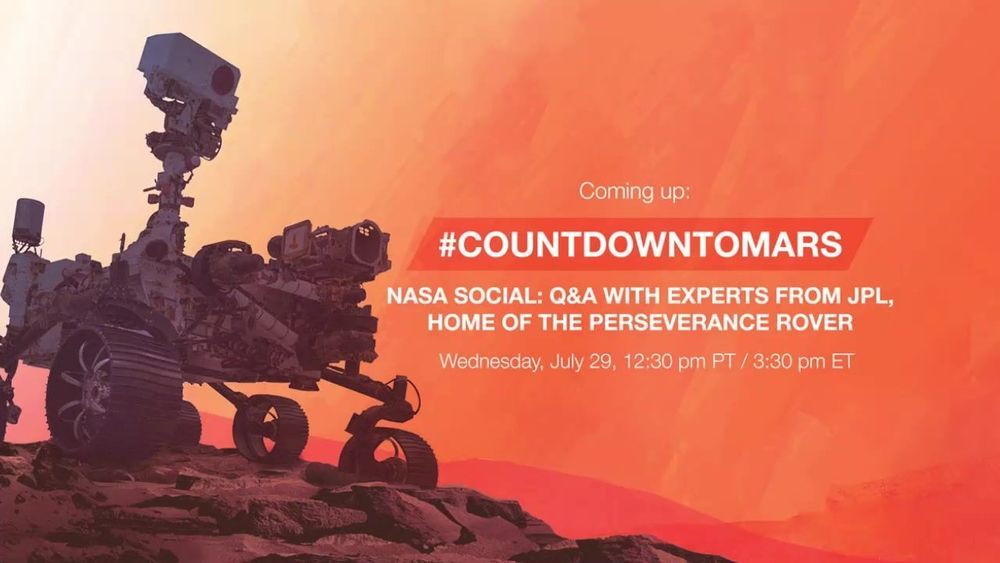

Read more about the aeronautical innovators at NASA Jet Propulsion Laboratory & NASA Ames Research Center who worked together to prepare for NASA’s Perseverance Mars Rover’s #CountdownToMars: https://go.nasa.gov/2CQLLeA
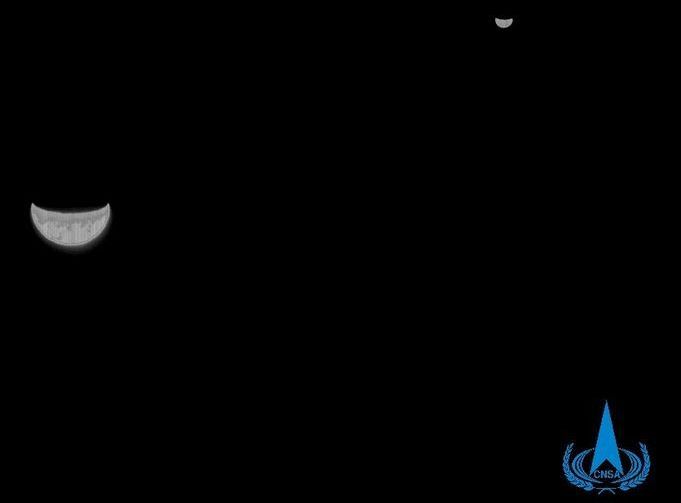
Photo: courtesy of china national space administration
Tianwen-1, China’s first Mars probe, has smoothly flown more than 1.5 million kilometers away from Earth, leaving Earth’s gravitational field, and entering planned interplanetary orbit, the China National Space Administration (CNSA) said on Tuesday.
According to a press release the CNSA provided to the Global Times on Tuesday, the spacecraft is operating properly. Flight control and data communication is underway in an orderly and clear fashion.
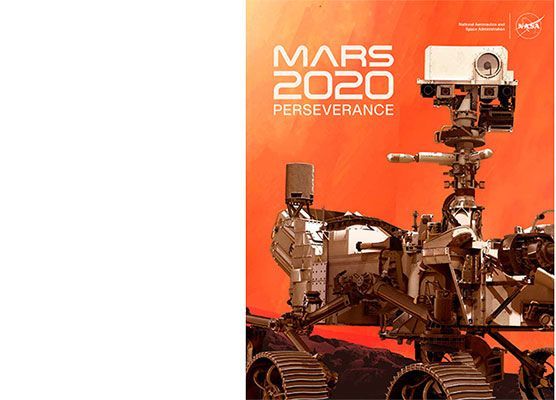
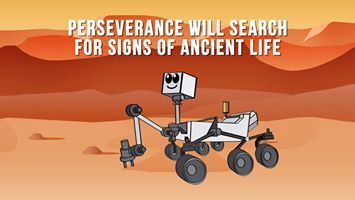
We’re going back to Mars! NASA’s Perseverance Mars Rover will be launching soon for its seven-month journey to the Red Planet to search for signs of ancient life. And it’s bringing along a friend: a little helicopter named Ingenuity! Ingenuity will test the first powered flight on Mars.
Join us in wishing Perseverance and Ingenuity “bon voyage” on their #CountdownToMars! https://go.nasa.gov/2CJHidq
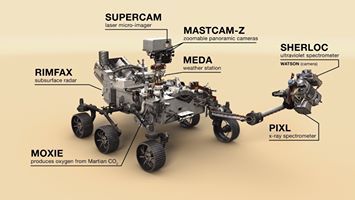
An ambitious mission to a very special landing site: our Perseverance rover is heading to the Red Planet to search for signs of ancient life, collect samples for future return to Earth, and help pave the way for human exploration. http://go.nasa.gov/3f6Pd1o
#CountdownToMars
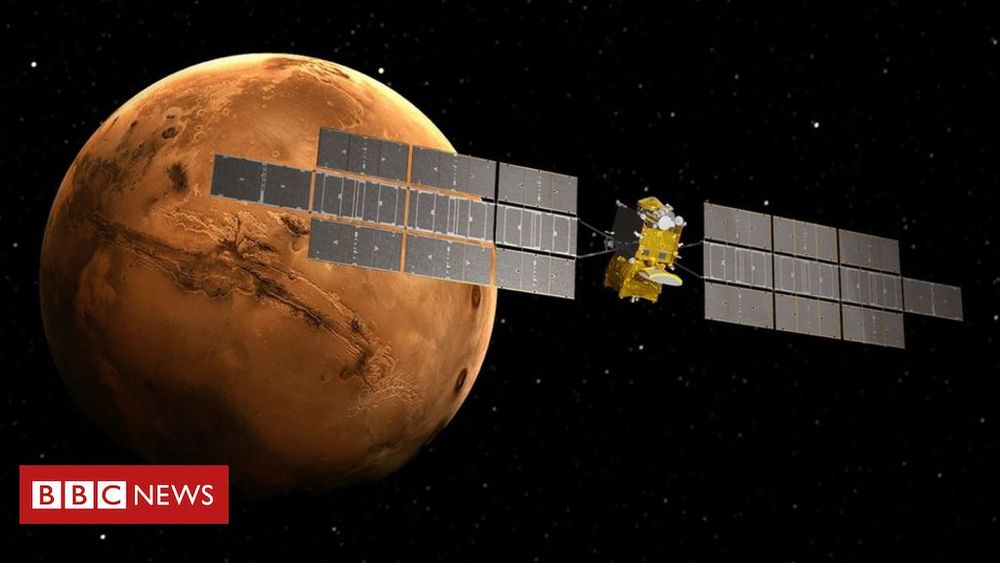
“This is not just twice as difficult as any typical Mars mission; it’s twice squared — when you think about the complexity involved,” said Dr David Parker, the director of human and robotic exploration at the European Space Agency (Esa).
“And this satellite that Airbus will build — I like to call it ‘the first interplanetary cargo ship’, because that’s what it will be doing. It’s designed to carry cargo between Mars and Earth,” he told BBC News.
Dr Parker announced the European aerospace company’s role in the Earth Return Orbiter (ERO) at a NASA-Esa briefing with reporters just ahead of Thursday’s launch of the Perseverance robot.

More great news:
The 10th graders were working on a school project when they discovered the asteroid, which is slowly shifting its orbit and moving towards Earth.
Two Indian schoolgirls have discovered an asteroid which is slowly shifting its orbit and moving toward Earth.
Radhika Lakhani and Vaidehi Vekariya, both studying in 10th grade, were working on a school project when they discovered the asteroid, which they named HLV2514.
The girls, from the city of Surat in the western Indian state of Gujarat, were participating in a Space India and NASA project, which allows students to analyze images taken by a telescope positioned at the University of Hawaii.

As the world tries to see and photograph Comet NEOWISE (or check-out this week’s extra-bright rings of Saturn), a comet similar to Halley’s comet—last seen in 1954—has been found by astronomers using a telescope in Arizona.
They’ve calculated that comet 12P/Pons-Brooks will return to the Solar System in April 2024—which is when a total solar eclipse will next be observable from Mexico, the US and Canada.
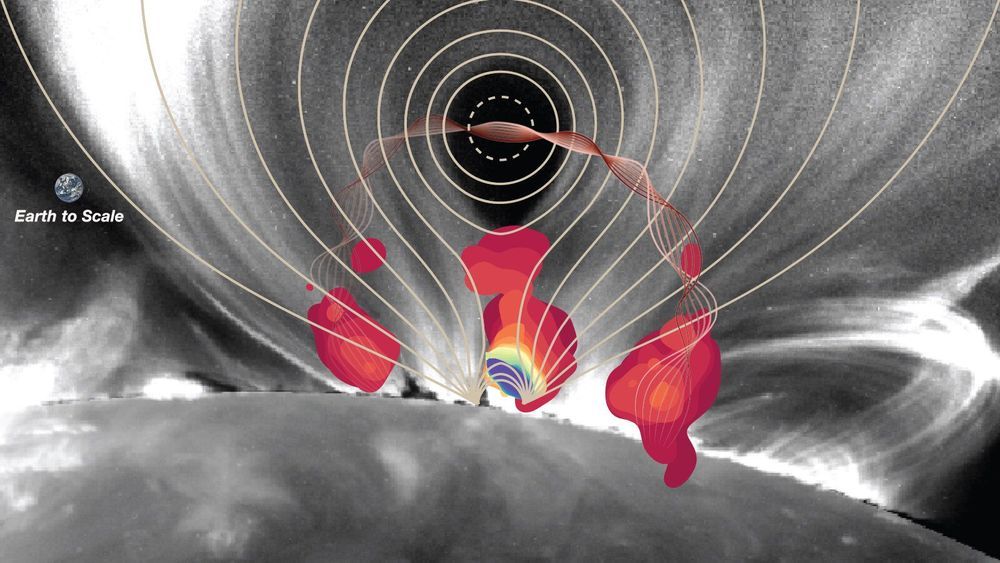
In a study published in Nature Astronomy, an international team of researchers has presented a new, detailed look inside the “central engine” of a large solar flare accompanied by a powerful eruption first captured on Sept. 10, 2017 by the Owens Valley Solar Array (EOVSA)—a solar radio telescope facility operated by New Jersey Institute of Technology’s (NJIT) Center for Solar-Terrestrial Research (CSTR).
The new findings, based on EOVSA’s observations of the event at microwave wavelengths, offer the first measurements characterizing the magnetic fields and particles at the heart of the explosion. The results have revealed an enormous electric current “sheet” stretching more than 40,000 kilometers through the core flaring region where opposing magnetic field lines approach each other, break and reconnect, generating the intense energy powering the flare.
Notably, the team’s measurements also indicate a magnetic bottle-like structure located at the top of the flare’s loop-shaped base (known as the flare arcade) at a height of nearly 20,000 kilometers above the Sun’s surface. The structure, the team suggests, is likely the primary site where the flare’s highly energetic electrons are trapped and accelerated to nearly the speed of light.

The first recruiting ad for the U.S. Space Force floats the idea that “maybe your purpose on this planet isn’t on this planet.”
Could this purpose include the otherworldly mission of firing laser beams while galloping through the cosmos on the back of Secretariat?
Horses? Where we’re going, we don’t need horses.